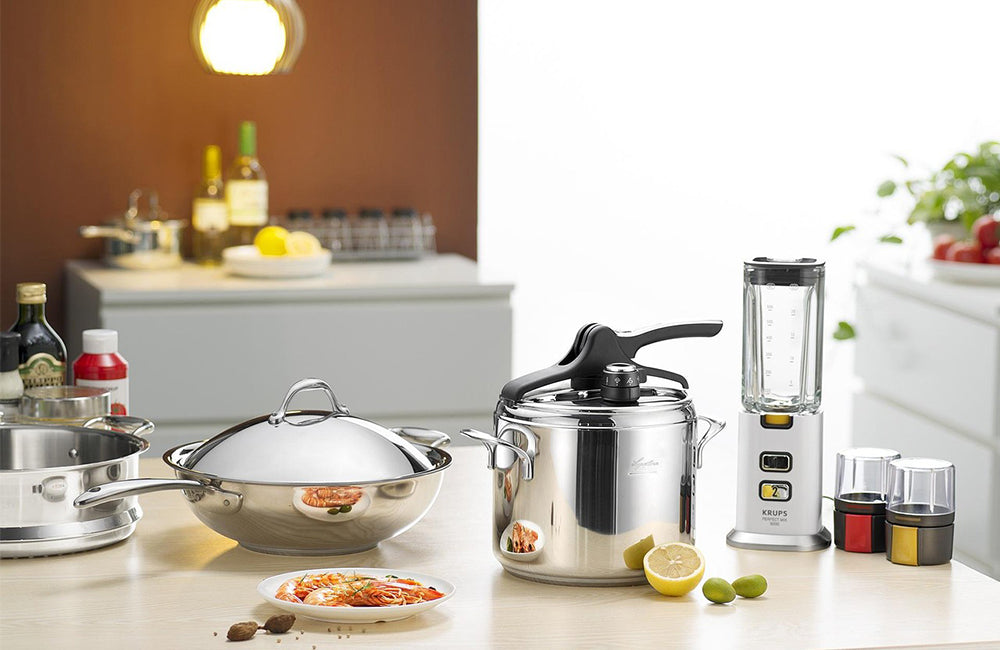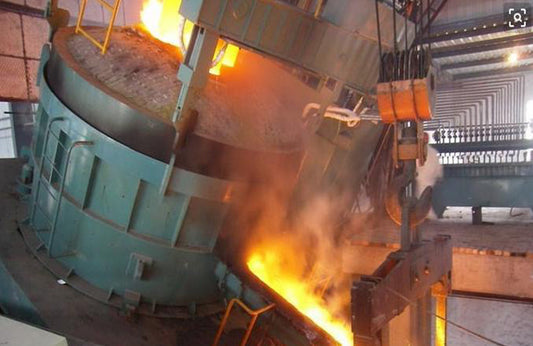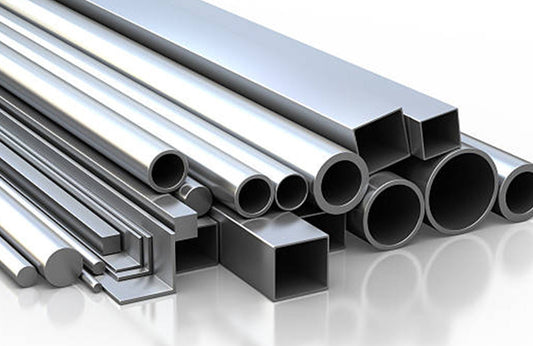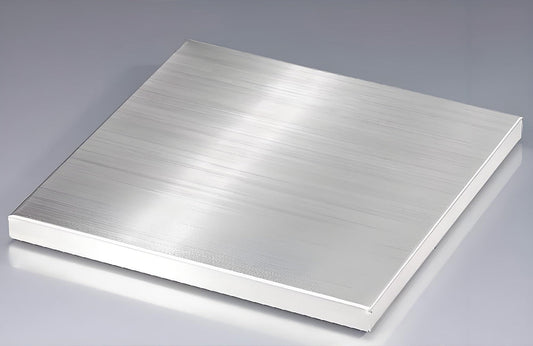
What Is Food-grade Stainless Steel? Uses, Grades, and Selection Guide
1. What Is Food-grade Stainless Steel?
Food-grade stainless steel is a safe, hygienic material commonly used for food contact surfaces. Thanks to its high chromium and nickel content, it naturally resists rust, staining, and chemical reactions—even when exposed to moisture, acids, or heat. This means it won't leach harmful substances into food or drink, making it a trusted choice in industries where cleanliness and safety are key. You’ll find food-grade stainless steel widely used in commercial kitchens, food and beverage processing, dairy systems, brewing, medical equipment, and catering environments. Its smooth surface makes cleaning easy, while its durability ensures long-term performance in demanding conditions.
2. Key Characteristics of Food-safe Stainless Steel
Non-reactive: Won’t affect taste or color of food
Corrosion-resistant: Resists moisture, acid, and salt
Smooth surface: Easy to clean, prevents bacteria buildup
Meets food-grade standards: Typically certified under ASTM, AISI, or JIS
3. Common Applications
Commercial kitchens – easy to clean, heat- and moisture-resistant
Food processing plants – non-reactive and compliant with hygiene standards
Beverage production lines – corrosion-resistant in acidic environments
Dairy equipment – smooth surface prevents bacterial buildup
Catering and restaurant surfaces – durable and visually clean
Medical and pharmaceutical use – resistant to chemicals and sterilization
4. Recommended Grades and Surface Options
| Grade | Common Uses | Key Properties | Typical Thickness | Surface Finish |
| 304 | Kitchens, food processing, beverage lines | Excellent corrosion resistance, widely available | 0.4mm – 3.0mm | 2B, BA, No.4 |
| 316 | Dairy, pharmaceutical, marine food industry | Enhanced resistance to acids and chlorides (with molybdenum) | 0.5mm – 3.0mm | 2B, BA |
| 430 (optional) | Budget kitchen tools, decorative surfaces | Lower cost, good formability, less corrosion resistance | 0.4mm – 1.5mm | 2B |
5. How to Choose the Right Food-grade Stainless Steel Sheet
1. Define the Application
Are you building a kitchen worktop, a food tank, or a processing machine? Different applications require different surface finishes, strength levels, and hygiene standards.
2. Choose the Right Material
For most general food equipment, 304 is a safe and economical choice. If the environment involves acidic food, saltwater, or strong cleaning agents, consider 316 for its added corrosion resistance. For cost-sensitive or non-critical parts, 430 may be sufficient.
3. Consider Thickness & Formability
Thin sheets (0.4–1.0mm) are suitable for coverings or cladding. Thicker options (1.5–3.0mm) are better for structural use or heavy-duty surfaces. Let us know your expected usage—we’ll recommend accordingly.
4. Select Surface Finish
-
2B: Smooth matte finish, easy to clean, ideal for hidden or functional surfaces
-
BA: Bright and hygienic, great for visible surfaces and utensils
-
No.4: Brushed finish for decorative and commercial settings
5. Check Compliance Standards
Make sure your supplier provides materials that comply with ASTM, AISI, or JIS standards, especially if you're exporting or serving regulated industries.
6. Ask About Customization
Whether you need pre-cut sizes, protective film, laser cutting, or edge polishing—we can customize sheets to meet your specific production needs.
Ready to source food-grade stainless steel sheets?
Contact us now and our team will guide you to the right solution.
FAQ
Q1: Is all stainless steel food-grade?
No. Only specific types like 304 and 316 are considered food-grade because they meet hygiene and safety standards. Other grades may lack the corrosion resistance or stability required for food contact.
Q2: What’s the difference between 304 and 316 stainless steel?
304 is widely used for general food applications, while 316 offers better resistance to acids and salt thanks to added molybdenum. Choose 316 if you're working in harsh environments like seafood or acidic processing.
Q3: Can you provide sheets that meet international food safety standards?
Yes. All our stainless steel sheets comply with ASTM, AISI, and JIS standards. Certificates can be provided upon request.
Q4: What surface finish is best for food contact?
A 2B or BA finish is ideal—smooth, easy to clean, and resistant to bacterial buildup.
Q5: Do you offer custom sizes or cutting?
Absolutely. We provide custom sizes, surface protection film, edge trimming, and even laser cutting based on your project requirements.
Q6: Do you offer samples for quality checking?
Yes. We offer small samples free of charge so you can evaluate the quality before placing bulk orders.



